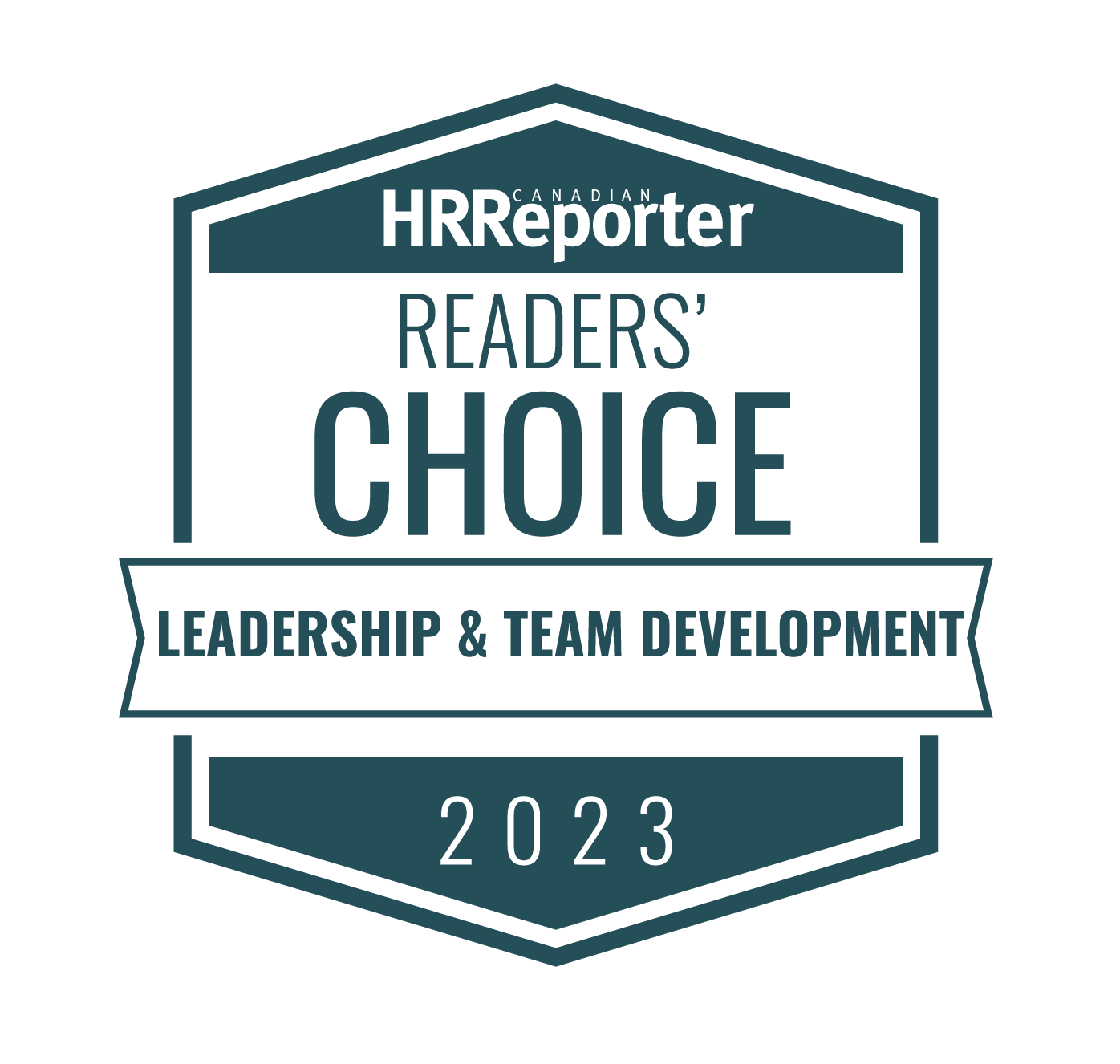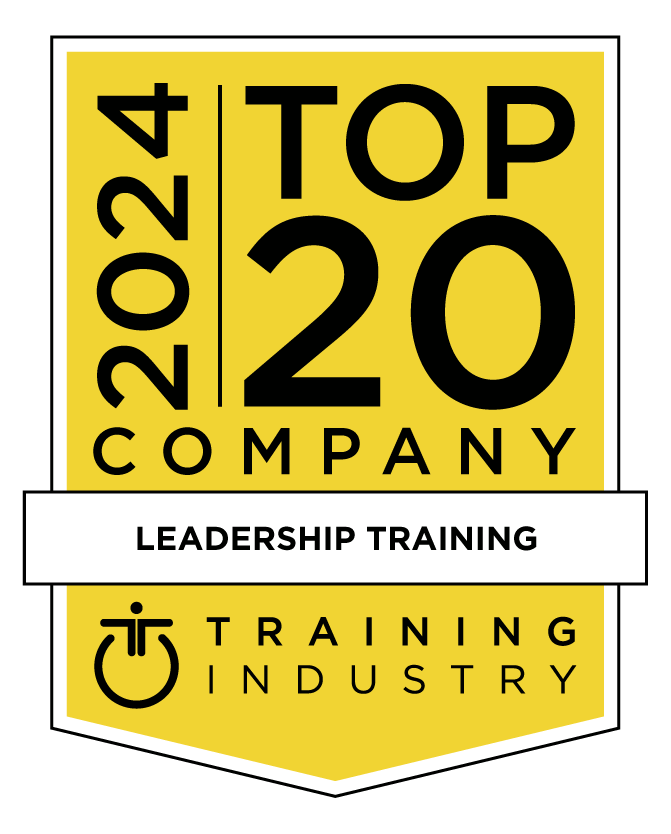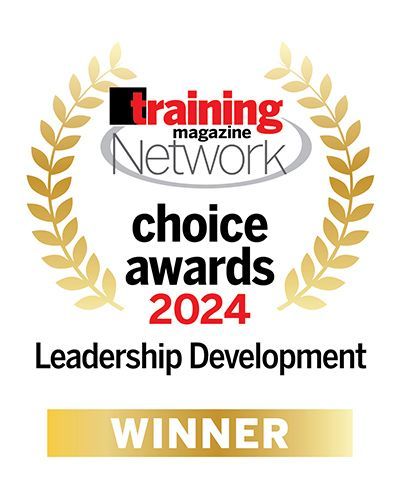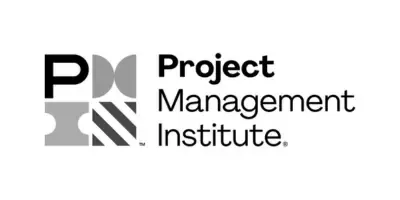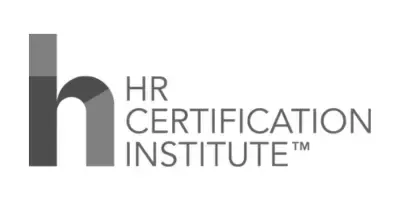Aligning Leadership Training with Strategic Business Priorities
The foundation of any successful leadership development program is strategic alignment. When leadership training initiatives are directly tied to business goals such as revenue growth, operational efficiency, or innovation, organizations can drive measurable, impactful results. This blog explores how to effectively align leadership development with organizational priorities to foster meaningful growth.
Why Strategic Alignment Matters in Leadership Development Programs
Leadership development cannot operate in a vacuum. A program that simply teaches generic skills or theoretical knowledge may check the box but fail to move the needle on business performance. Strategic alignment ensures that leadership training is purpose-driven, business-relevant, and outcome-focused.
According to Harvard Business Publishing, leadership initiatives that directly support strategic objectives are more likely to gain stakeholder buy-in, foster real behavioral change, and deliver tangible ROI. This approach transforms leadership development from a cost center into a strategic growth driver.
Step 1: Identify the Primary Business Priority
The first step in designing a leadership development program that aligns with business strategy is identifying your organization’s most urgent and impactful business goals. These might include:
- Expanding into new markets
- Enhancing customer satisfaction
- Driving digital transformation
- Increasing operational efficiency
- Boosting employee engagement and retention
Engage senior executives and business unit leaders in strategic conversations to pinpoint these objectives. Clear articulation of these priorities will shape the direction and design of your leadership training initiatives.
Example: If the organization is preparing for a global expansion, the leadership development focus should be on cultivating global acumen, cross-cultural collaboration, and agile decision-making.
Explore how Crestcom’s Leadership Training Series helps organizations respond to evolving business demands through targeted development modules.
Step 2: Define Specific Leadership Behaviors That Drive Strategy
Once the strategic priorities are defined, the next critical step is to identify the leadership behaviors required to achieve them. Consider the following questions:
- What should leaders be doing more of or less of?
- What leadership competencies are essential to executing the strategy?
- What mindset shifts are necessary across teams or departments?
For instance: - If innovation is a business goal, leaders may need to foster psychological safety, embrace risk-taking, and lead ideation workshops. - If cost efficiency is a goal, leaders may need to focus on lean operations, process optimization, and data-driven decision-making.
Map these behaviors back to business outcomes. This ensures that training efforts are highly focused and designed to drive specific organizational change.
Discover how the Crestcom Strategy Program for Top-Level Executives helps leaders translate strategy into effective leadership behaviors that deliver measurable results.
Step 3: Use a Focused Leadership Development Framework
Rather than attempting to build a one-size-fits-all training program, use a focused development framework aligned to two or three critical performance outcomes. This creates clarity, accelerates learning, and drives higher retention and ROI.
Key Components of a Focused Framework:
Leadership Competency Models: Define core competencies like strategic thinking, change management, or emotional intelligence based on strategic goals.
Experiential Learning: Incorporate on-the-job projects, simulations, and peer feedback to reinforce desired behaviors.
Feedback Loops: Use surveys and performance reviews to assess progress and course-correct in real time.
Avoid overloading your training program with too many objectives. By narrowing the scope, you allow for deeper mastery and stronger alignment with your business’s top priorities.
Browse Crestcom’s portfolio of Training Programs designed to offer targeted learning experiences that support your organization’s strategic growth trajectory.
Measuring the Impact of Strategically Aligned Leadership Development
Alignment alone isn’t enough; measurement is key to sustaining momentum and proving ROI. Effective leadership development programs track results across three key levels:
Learner Experience: Engagement, participation, and satisfaction
Behavioral Change: Observable application of new leadership skills on the job
Business Outcomes: Improvements in KPIs like revenue, retention, customer NPS, or time-to-market
Implement regular assessments, manager feedback, and performance reviews to monitor progress. Share success stories with stakeholders to maintain executive support and institutionalize the value of leadership development.
Conclusion: Leading with Strategic Purpose
Leadership development is most impactful when it is grounded in strategic business priorities. By identifying key organizational goals, defining the leadership behaviors that drive them, and using a focused development framework, businesses can ensure that leadership training fuels real, lasting performance improvements.
At Crestcom, we specialize in leadership development programs that are directly tied to your organization’s mission and business outcomes.
Contact us today to learn how we can help your leaders drive the future of your business with our strategically designed Leadership development training programs.
Interested in a free Leadership Skills Workshop with your team?
- Address instantly fixable issues that impact customer perceptions and employee morale.
- Learn and practice a habit that will raise employee performance.
- Set actions with specific and measurable steps that they'll gladly be accountable to achieve.



